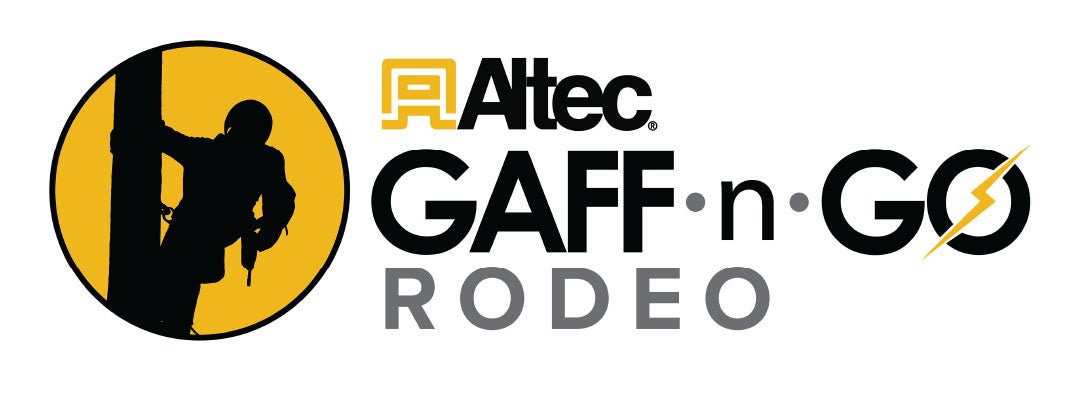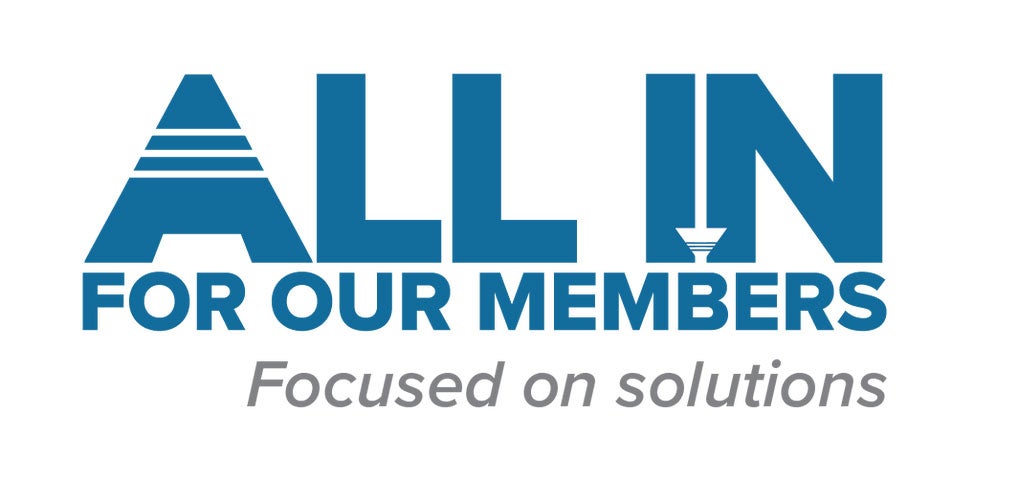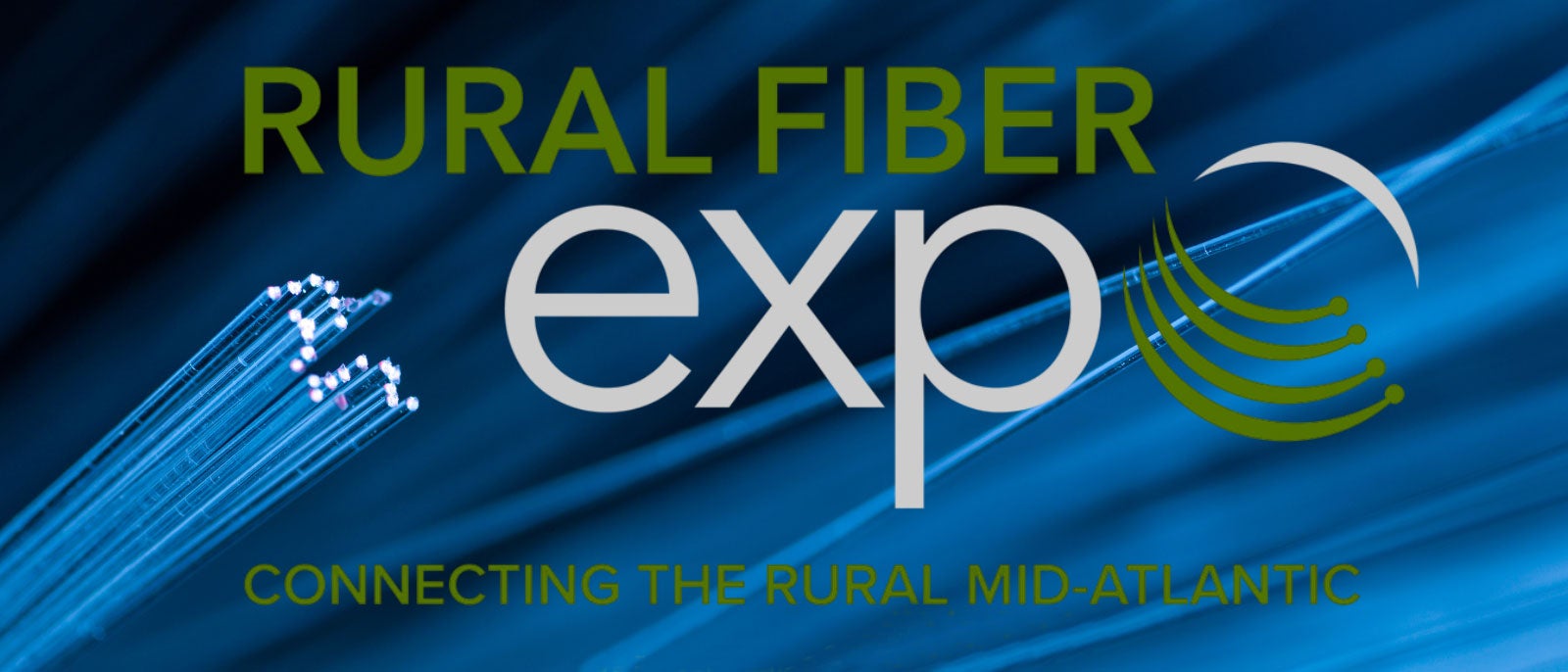Phone: (804) 346-3344
Celebrating more than 80 years of service, the Virginia, Maryland & Delaware Association of Electric Cooperatives serves all 16 member-owned electric cooperatives in the three-state region. Thirteen co-ops in Virginia, two in Maryland and one in Delaware.
Image
VIRGINIA
700000 +
Meters
Image
MARYLAND
200000 +
Meters
Image
DELAWARE
100000 +
Meters
The trade association provides services best performed as a group effort on a state or regional level. Service and support are provided to member cooperatives in the areas of:
Support Services
![]() Governmental Affairs
Governmental Affairs
![]() Safety & Training
Safety & Training
![]() Legal & Regulatory Affairs
Legal & Regulatory Affairs
![]() Communications
Communications
VMDAEC Foundation Scholarship








